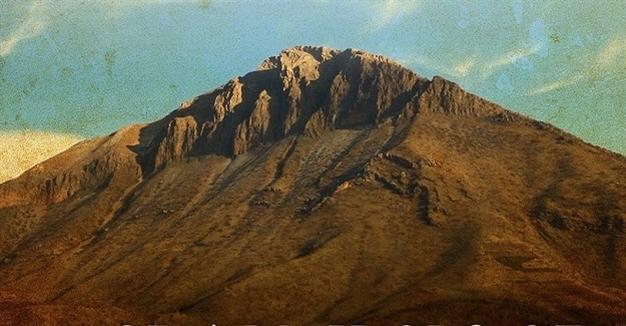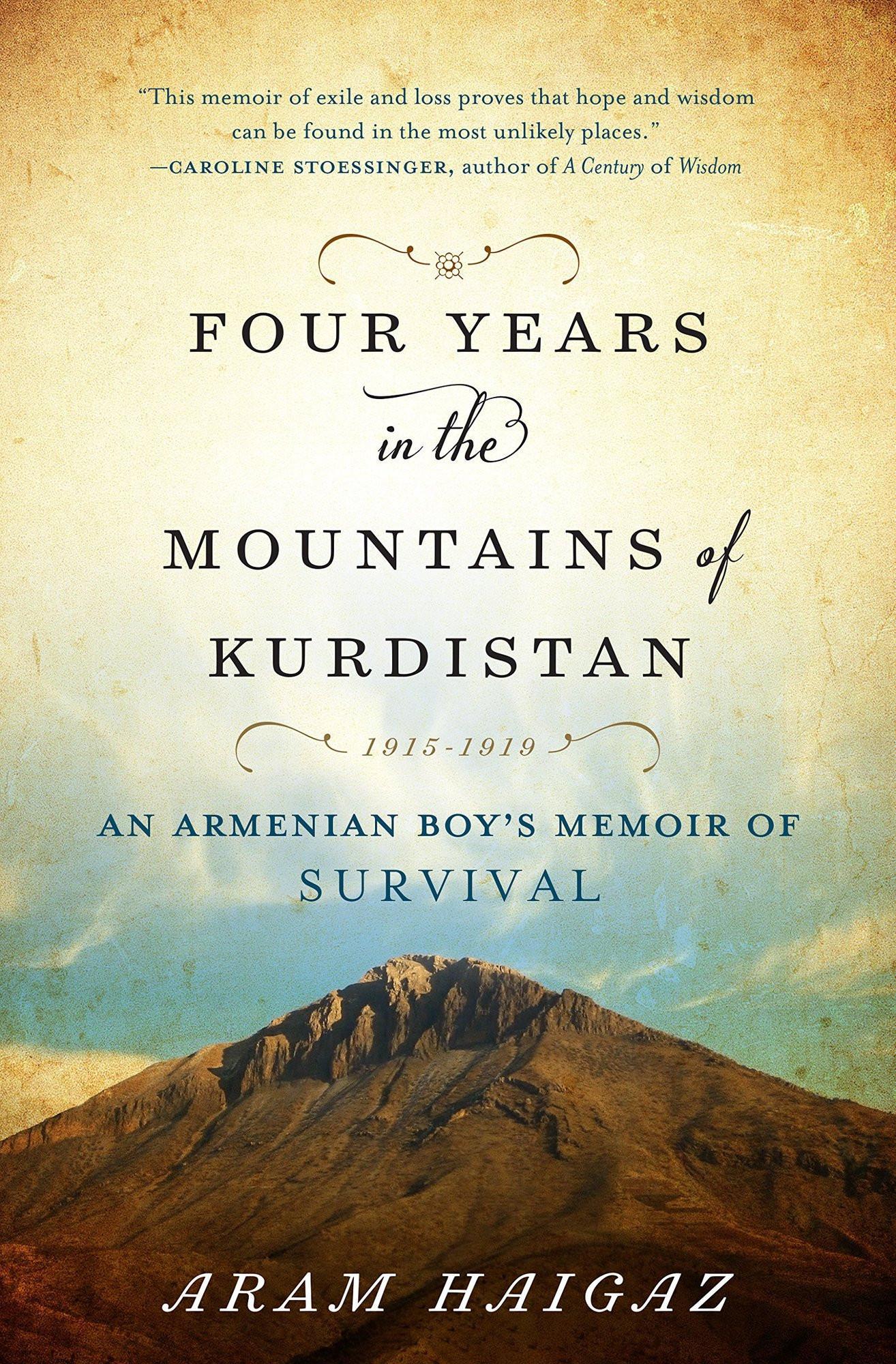An Armenian in the mountains of Eastern Anatolia
William Armstrong - william.armstrong@hdn.com.tr
 ‘Four Years in the Mountains of Kurdistan: An Armenian Boy’s Memoir of Survival, 1915-1919’ by Aram Haigaz (Maiden Lane, 396 pages, $26.95)
‘Four Years in the Mountains of Kurdistan: An Armenian Boy’s Memoir of Survival, 1915-1919’ by Aram Haigaz (Maiden Lane, 396 pages, $26.95)In June 1915, the entire Armenian population of Shabin Karahisar set fire to their homes and fields and headed to a fort on the mountain above the town. They had heard news of the deportations and massacres of Armenians across eastern Anatolia, so decided to stock up on food and animals and took to the old Roman castle. Up there, 5,000 held out against Ottoman battalions for one month until famine forced them to surrender.

The 15-year-old Aram Haigaz was among them. Almost his entire family was killed in the siege, and he was sent with his mother on one of the forced marches leading to the Syrian desert. His mother was massacred and her body thrown into the Euphrates, leaving her son as the only surviving member of the family. He managed to survive by converting to Islam and was took on by a local Turkish master, proving his usefulness as a worker and as one of the few left who could read and write.
“Four Years in the Mountains of Kurdistan” vividly describes Haigaz’s time as an “orphan and slave” in the badlands of eastern Anatolia. It is an extraordinary document, an ethnographic treasure trove on the years after the massacres and deportations of 1915. It describes a harsh land of tribesmen and chieftains, nomads and illiterate peasants. Bandits haunted the mountains, Ottoman army deserters moved furtively from village to village, Kurdish gangs rebelled against the authorities, wolves stalked the land. The Ottoman Empire was still at war and its already destitute population was subjected to endless calls for equipment, leather, wool, and animals. The Russians had driven deep into Anatolia, subjecting civilian Muslim Turks to atrocities as they occupied the land up to the city of Erzurum.
The ruin of physical and psychological trauma is everywhere. “I could not speak or pray in my mother tongue,” Haigaz writes at one point, “Had anyone known that every night after lights were out, I secretly prayed to the Christian God of my forbears, my head would have been cut off.” Occasionally he comes across other Armenian “leftovers of the sword,” nervously hiding their identity in the now-entirely Muslim landscape - women taken on as wives or servants, or boys young enough to become Muslim and survive as serfs.
The Kurdish tribes had in many places executed the massacres against the Armenians, but in Haigaz’s account they despised the Turks even more. The Kurds, he writes, “looked upon their Turkish rulers as a source of unspeakable evil and malice.” At one point one of the (many) local girls he tries to woo somehow finds out that he is Armenian, so he says he is willing to become Kurdish just for her. “If the Turks come to collect us again, I am going to find a way to get to Dersim. I will become a Kurd and live with them in peace,” he writes. The boundaries of ethnic and religious identity can be hazy, but they can also be the difference between life and death.
Perhaps surprisingly, “Four Years in the Mountains of Kurdistan” is not just a catalogue of misery. It is also the story, sometimes even humorous, of a rich and adventurous life in an ancient society. Occasionally that story drags over the course of more than 300 pages. Once the initial horror has passed, the book sometimes seems like a hard-to-distinguish parade of events. But some episodes really do stand out. At one point Haigaz is involved in the cold-blooded murder of an unarmed Turkish boy, described in shockingly blank language. The author does not return to the subject again; apparently desensitized after so many years of bloodshed.
Haigaz grew from boyhood to manhood during his four years as a shepherd and servant, before making a daring escape at the age of 19. He eventually settled in the U.S., where this book was published in Armenian in 1972. Surprisingly, this volume is its first appearance in English. Amid countless other titles cashing in on the 100th anniversary of the genocide this year, it is certainly worth seeking out.
* A shorter, edited version of this review appeared in the Times Literary Supplement.
 ‘Four Years in the Mountains of Kurdistan: An Armenian Boy’s Memoir of Survival, 1915-1919’ by Aram Haigaz (Maiden Lane, 396 pages, $26.95)
‘Four Years in the Mountains of Kurdistan: An Armenian Boy’s Memoir of Survival, 1915-1919’ by Aram Haigaz (Maiden Lane, 396 pages, $26.95) The 15-year-old Aram Haigaz was among them. Almost his entire family was killed in the siege, and he was sent with his mother on one of the forced marches leading to the Syrian desert. His mother was massacred and her body thrown into the Euphrates, leaving her son as the only surviving member of the family. He managed to survive by converting to Islam and was took on by a local Turkish master, proving his usefulness as a worker and as one of the few left who could read and write.
The 15-year-old Aram Haigaz was among them. Almost his entire family was killed in the siege, and he was sent with his mother on one of the forced marches leading to the Syrian desert. His mother was massacred and her body thrown into the Euphrates, leaving her son as the only surviving member of the family. He managed to survive by converting to Islam and was took on by a local Turkish master, proving his usefulness as a worker and as one of the few left who could read and write.